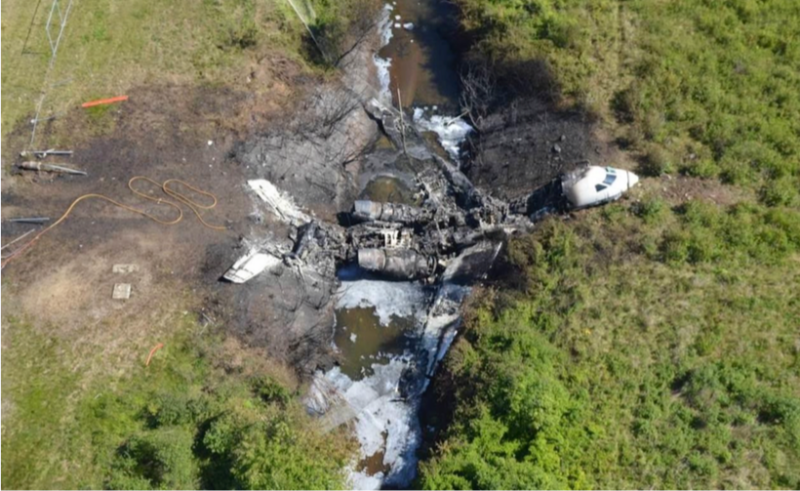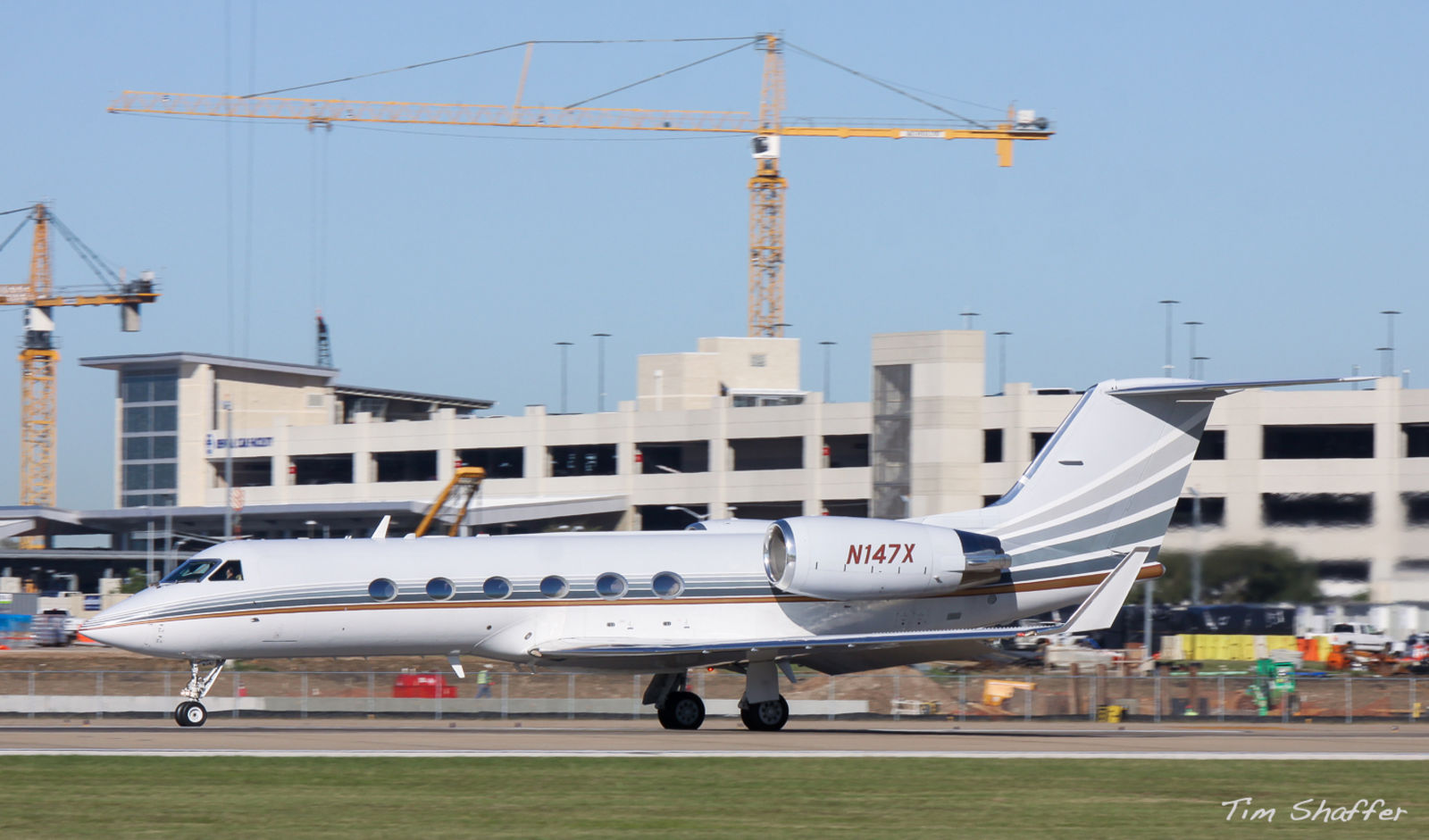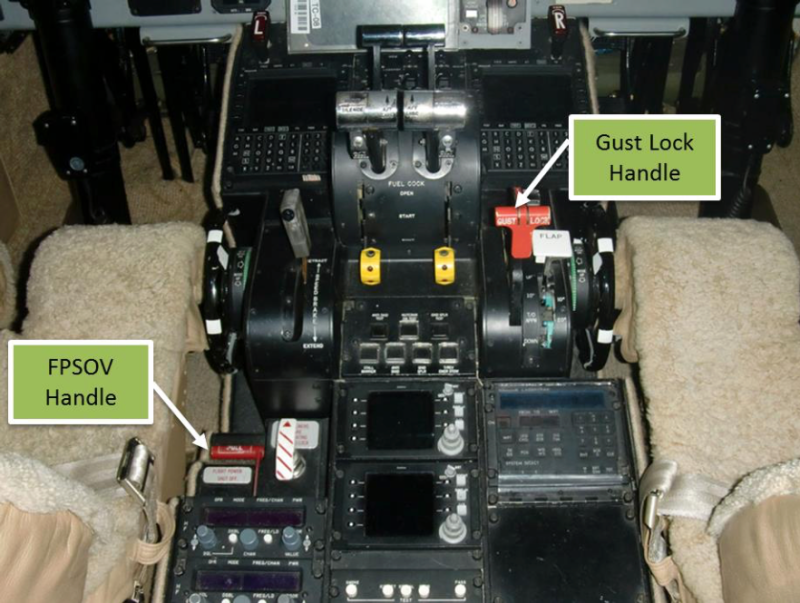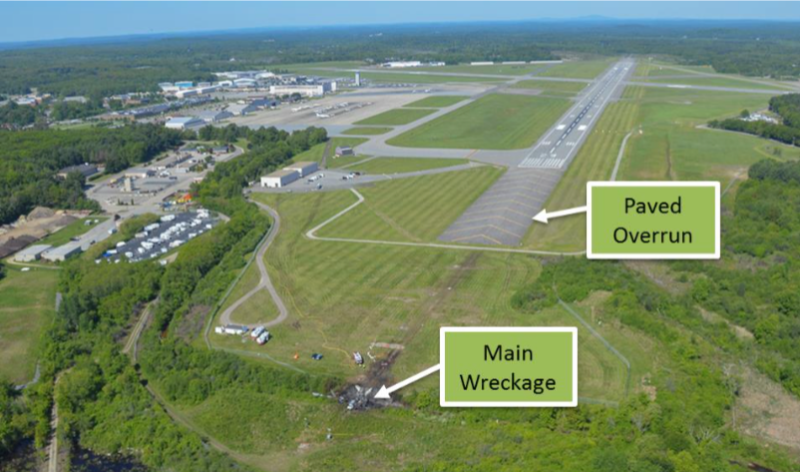
On May 31, 2014, a Gulfstream IV (N121JM) business jet with two pilots, a flight attendant, and three passengers failed to lift off from Bedford-Hanscom Field (KBED) outside of Boston. The aircraft careened off the end of the runway, struck airport lighting, went through the perimeter fence, and came to rest in a ravine, where it caught fire. All on board were killed.

NTSB investigators determined that the flight crew neglected to release the gust lock, which prevents the control surfaces from moving in the wind while an aircraft is parked on the tarmac. The gust lock also prevents the pilots from moving the controls when they are trying to take off. But why did the crew not release the gust lock? Because they did not perform a required challenge-and-response checklist, nor did they cycle the controls, before takeoff. Investigators also learned that this particular flight crew, who had flown together often, did not perform complete checks of the flight controls on 98% of their previous 175 flights together.

Even though the crew left the gust lock engaged, the locking system on the G-IV is supposed to prevent takeoff by restricting the travel of the throttles to just six degrees, thereby limiting engine power. Ideally, it gives the crew a chance to realize their mistake by keeping the aircraft below takeoff speed. But investigators found that a design flaw in the system allowed the pilots to advance the throttles considerably more than six degrees, to a point where the automatic throttle took over. So the pilots were able to accelerate for takeoff, and only realized late into their roll that the control surfaces were still locked. And then, once the pilot realized his mistake, there was an inexplicable delay of 10 seconds before the crew acted to reject the takeoff. Had they responded immediately, investigators believe that the crash could have been avoided.

Peter Katz of Plane & Pilot wrote a compelling piece about the accident, and about how a combination of complacency by an experienced crew, coupled with a design flaw, can lead to tragedy. It’s a fascinating read. You can also read the full NTSB report here.
You can find more stories about aviation, aviators and airplanes at Wingspan.